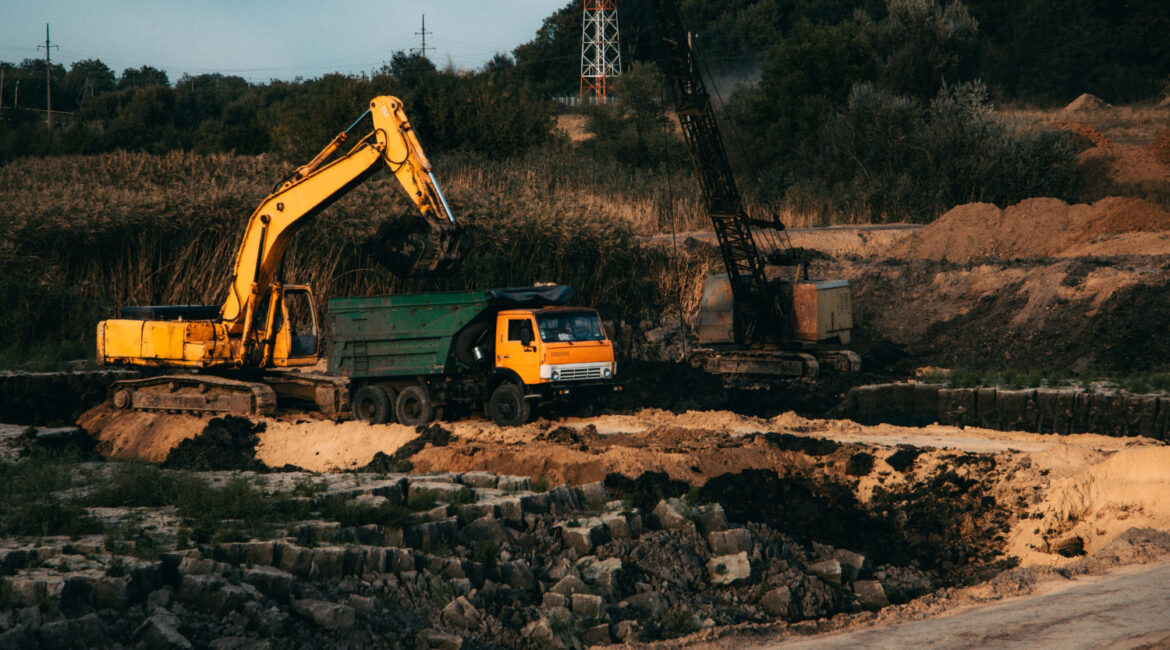
Excavating Before or After Screw Pile Installation?
The decision of whether to excavate before or after installing screw piles depends on the specific requirements of your construction project and the type of foundation you are using. Screw piles are a type of deep foundation system that can be installed without the need for excavation in some cases, making them suitable for projects where minimal disturbance to the surrounding soil is desired.
Site Assessment
- Begin with a thorough site assessment to understand the soil conditions, bearing capacity, and any potential obstructions.
- If the soil is stable and has sufficient bearing capacity, direct installation without excavation may be feasible. However, if the soil is loose, inconsistent, or if there are obstacles like rocks or roots, excavation may be required.
Geotechnical Analysis
- Conduct a geotechnical analysis to determine the soil profile at various depths. This analysis helps in understanding the load-bearing capacity of the soil and informs the design of the foundation system.
- The geotechnical report will guide decisions on whether excavation is needed to reach more stable soil layers or if the existing conditions allow for direct screw pile installation.
Foundation Design
- The design of the foundation is crucial in determining the depth and configuration of the screw piles. Engineers will consider factors such as the structure’s load, soil conditions, and local building codes.
- If the foundation design specifies a certain depth that cannot be achieved without excavation, then excavation becomes necessary.
Obstacles and Debris
- Evaluate the presence of any obstacles or debris in the soil that could interfere with screw pile installation. In some cases, removal of such materials through excavation may be required to ensure proper installation and foundation stability.
Environmental Impact
- Consider the environmental impact of excavation. In projects where minimizing disturbance to the natural environment is a priority, direct installation of screw piles without excavation may be preferred.
Cost and Time Analysis
- Compare the cost and time implications of both approaches. Excavation involves additional costs for equipment, labor, and disposal of excavated materials. Additionally, it may take more time to complete compared to direct installation.
- Direct installation may save on costs and time, especially if the soil conditions allow for it.
Regulatory Compliance
- Ensure compliance with local building codes and regulations. Some areas may have specific requirements regarding foundation depth, soil testing, and excavation practices.
Consultation with Experts
- Engage with structural engineers, geotechnical engineers, or foundation specialists who have expertise in the specific type of foundation system you’re considering. Their insights will be invaluable in making an informed decision based on the unique characteristics of your project site.
Before making a decision, it is advisable to consult with a structural engineer, geotechnical engineer or foundation specialist who can assess the specific conditions of your site and provide recommendations based on your project requirements. They will be able to determine the most suitable approach for installing screw piles in your particular case.

